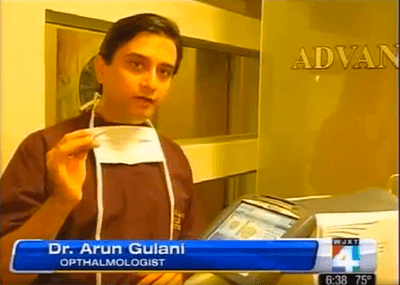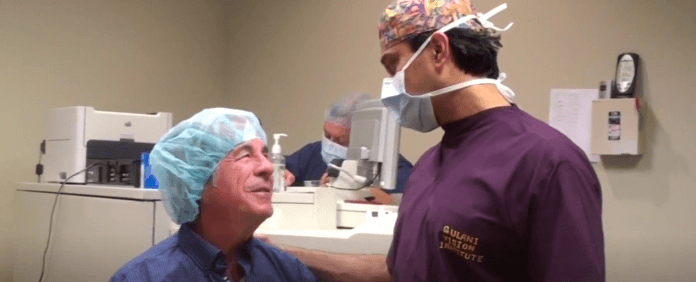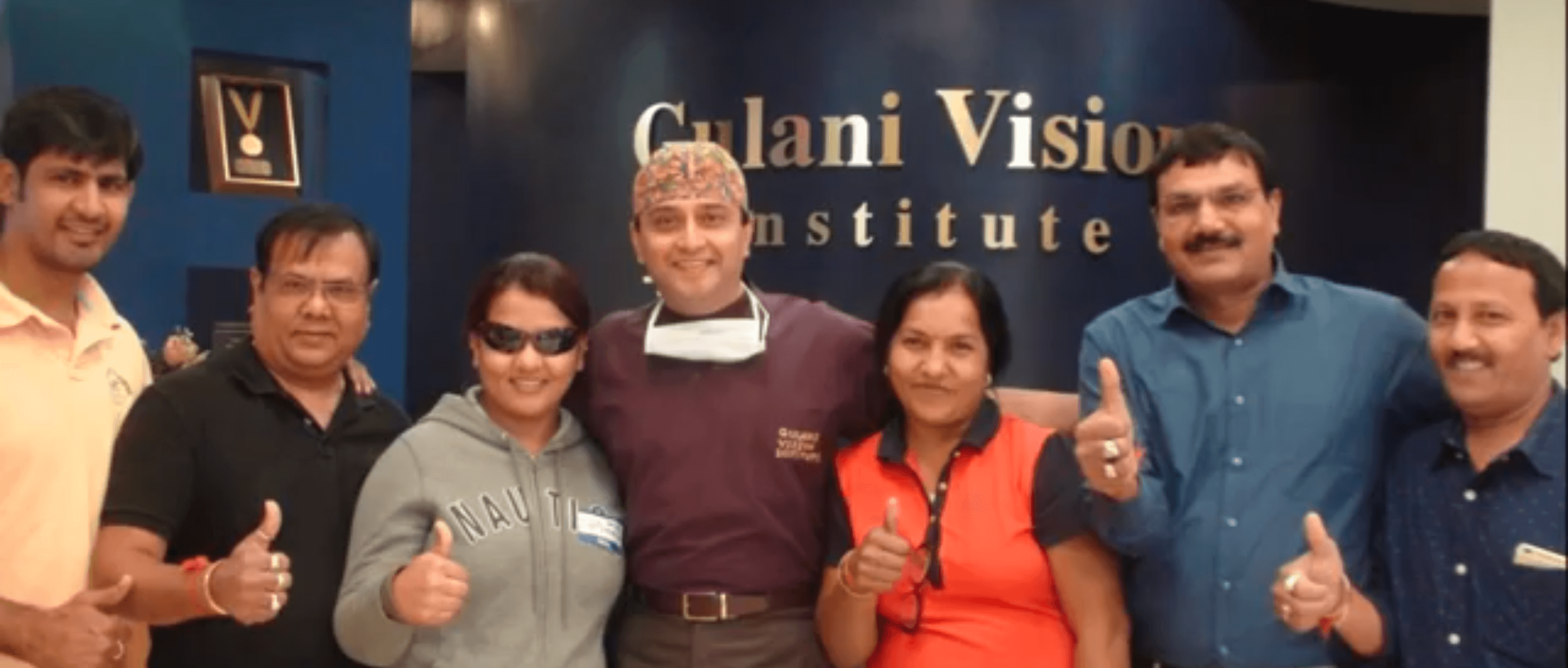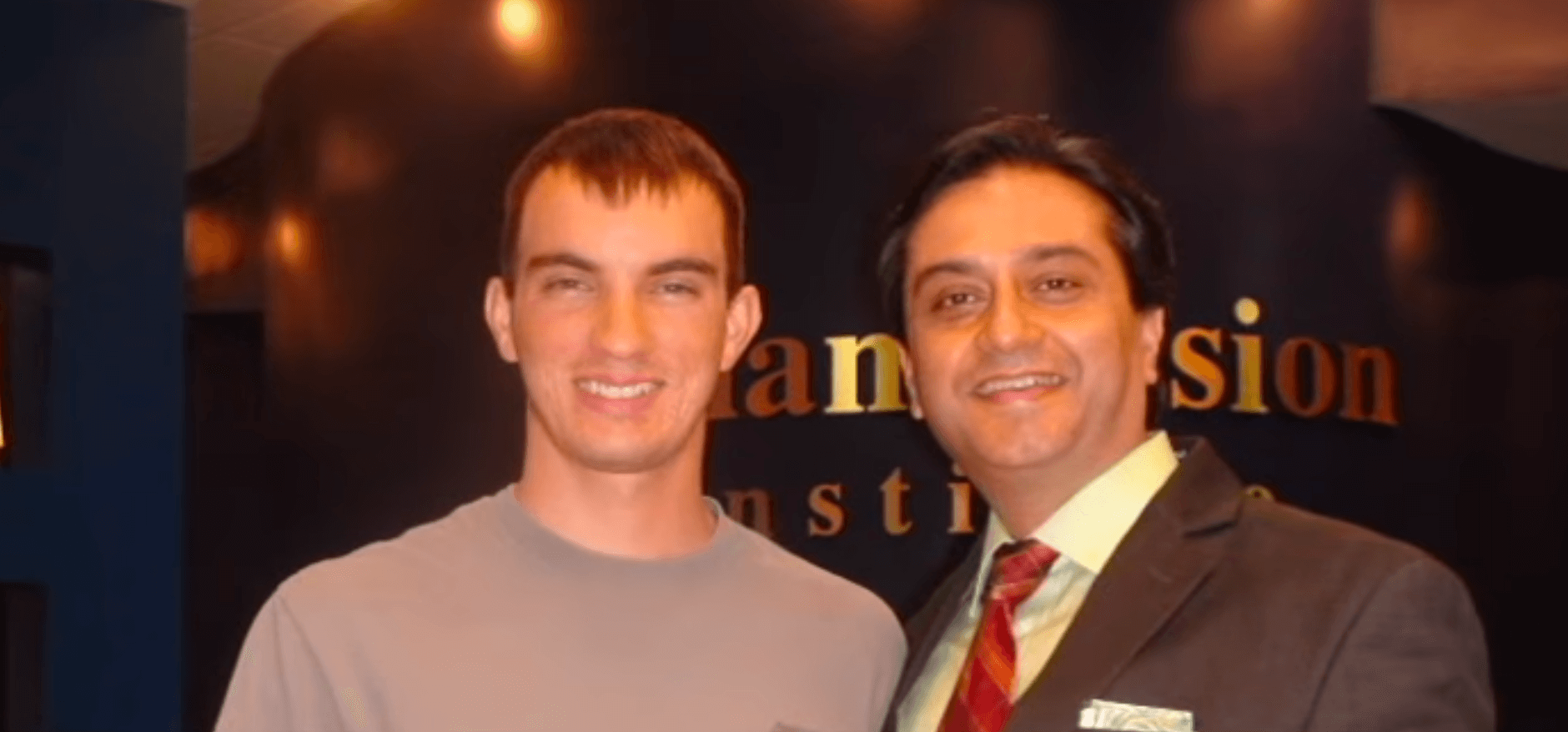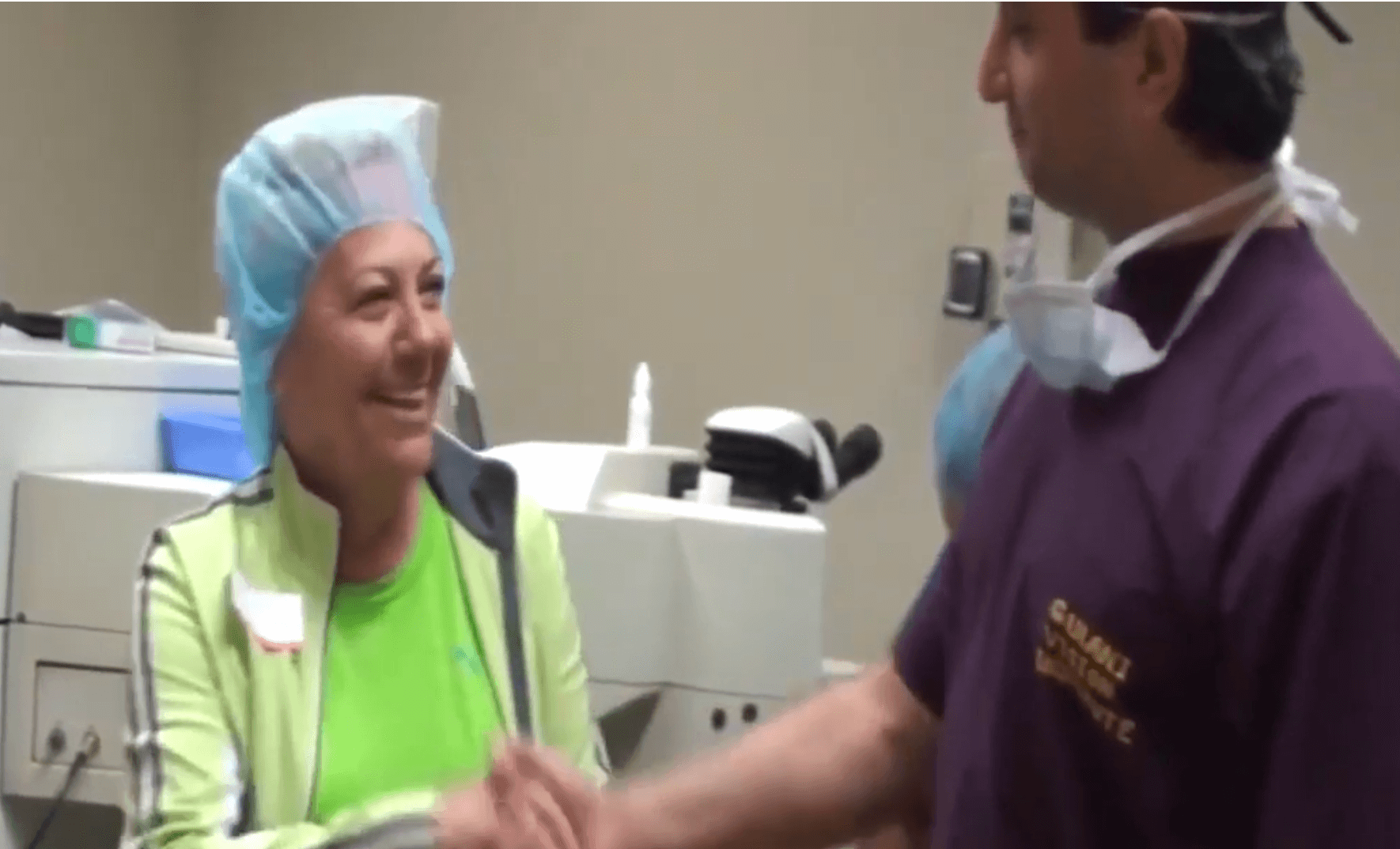PRK Variants
Dr. Gulani has been involved in PRK (Photo Refractive Keratectomy) surgery for 3 decades along with Industry innovations with surgeons among the First in the nation to perform PRK surgery.He performs the full range of PRK surgeries as listed below and has honed the surgery itself into a new generation technique.
Though PRK recovery has been a downside to this original surgery’s reputation and many a patient may ask why choose PRK over Lasik? there is a role for PRK even today as the PRK prescription range can include some patients who may not be Lasik candidates. With advances in pharmacological modulations along with Excimer Laser technology improvements and surgical algorithms, PRK complications are minimal today while the PRK success rate is higher than it has ever been.
So lets review variants of PRK surgery and take advantage of Dr.Gulani’s personal innovations in raising this surgery to his LaZrPlastique concept that has helped patients rom all over the world.

In PRK a flap is not created because the topmost epithelial layer of the cornea is removed. The Excimer Laser then reshapes the underlying cornea and a bandage contact lens is placed on the eye to help promote healing.
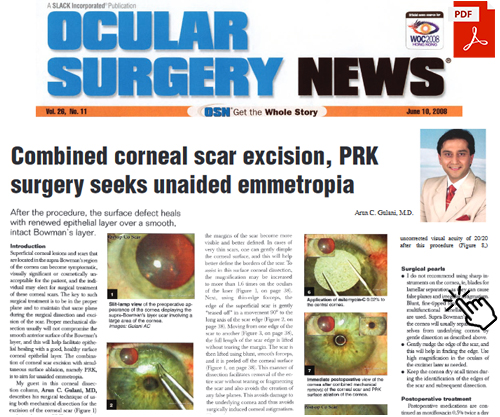
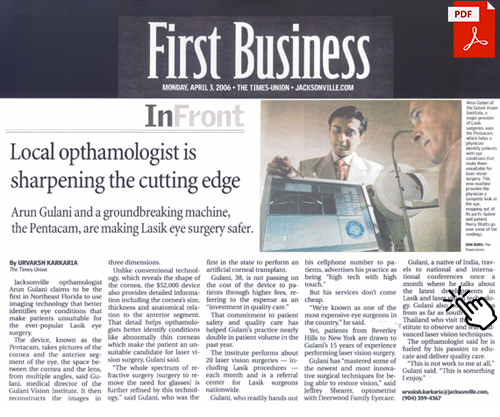
ASA: Advanced Surface Ablation:
PRK underwent refinement over time to become a much more predictable and comfortable procedure for the patient. ASA includes a smoother laser profile to include a blend zone along with Dr. Gulani’s proprietary applications over years of refinement to deliver vision to normal and abnormal eyes.
Trans-Epithelial PRK:
Most commonly PRK techniques involve removal of the topmost layer of cornea (Epithelium) and that is done mechanically or with chemicals including alcohol. In Trans-Epithelial approach, the Laser acts through without need for epithelial removal.
Dr.Gulani with his extensive experience does not agree with this concept since he has proven over time that the epithelium actually helps normalize the corneal surface and hence should be allowed to come back after laser treatment. He teaches this concept using Epithelial Mapping technology worldwide.
Blend PRK:
Various combinations of epithelial removal along with laser ablation profile modifications can be applied to individual cases in not only addressing the refractive error but also allowing for surface regularization.
PTK:
PTK (Phototherapeutic Keratectomy) is a laser based surgical procedure which is mainly used to treat scars on the cornea or other types of corneal surface diseases (such as corneal dystrophy and epithelial erosion syndrome). By combining the precision of an excimer laser with the control of a computer, surgeons can vaporize microscopically thin layers of diseased corneal tissue and etch away the surface irregularities associated with many corneal dystrophies and scars. Surrounding areas suffer relatively little trauma. New tissue can then grow over the now-smooth surface. The aim of this procedure is to treat surface level corneal disease.
For over three decades as a pioneer of laser vision surgery Dr. Gulani has experienced every technique and technology often beyond other eye surgeons with his international privilege. His signature style of going beyond “cookie-cutter” underscores his art to best fit your unique eyes but also to develop the best vision he can no matter how simple or complex your case. Dedicatedly continuing to evolve his techniques given his passion to make people see, Dr. Gulani has raised PRK surgery to a non-cutting, flapless technique called LaZrPlastiqueTM.
While most PRK techniques used by surgeons worldwide results in pain, delayed healing and less than optimal vision often related to corneal haze and scars, for over three decades Dr. Gulani has honed PRK and surface laser surgery with his proprietary MASSTERTM technique resulting in safe and excellent vision outcomes with stable long-term follow-up.
Dr. Gulani does not allow use of potentially toxic material like alcohol, mechanical brushes, and preserved medications and as a result delivered successful vision outcomes and patient satisfaction among a global clientele.


